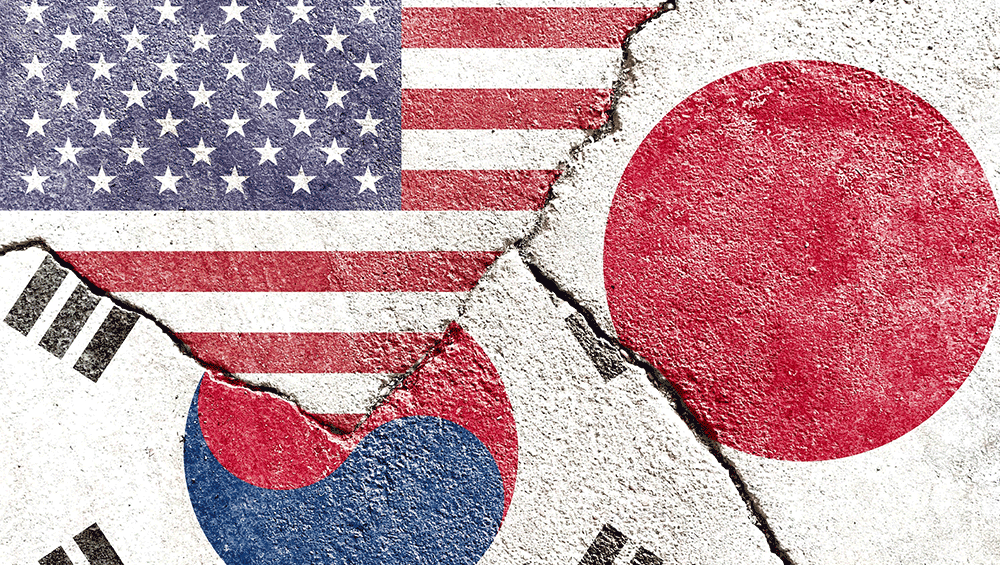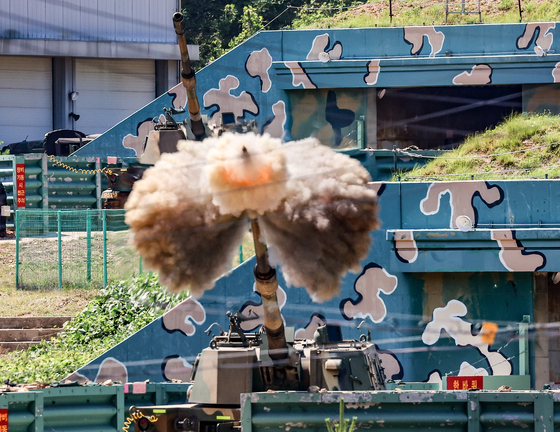HISTORY NOTES:
On June 23, 1951, the Soviet Union recommended that the Korean War combatants come together to discuss the conditions necessary for a ceasefire.
U.S. President Harry Truman agreed with this sentiment, and weeks later, the commander of U.S. Naval Forces of the Far East, Vice Admiral C. Turner Joy, represented the United Nations (UN) along the 38th parallel in the former Korean capital of Kaesong.
Lieutenant General Nam Il, the surprisingly young 37-year-old Chief of Staff of the North Korean Supreme Headquarters, led the North Korean delegation and represented Kim Il Sung.
Major General Hsieh Fang led the Chinese delegation and represented the highly esteemed General Peng Dehuai – Communist China’s famed hero, who helped beat back the Japanese and the Nationalists just years prior.
After a year of intense fighting, the international community believed that all the belligerents would be eager to sign an armistice.However, as the weeks progressed, the once optimistic Joy recognized that he entered into a vortex of “merry-go-round talkathons.”
Read more on Bloomberg:
https://www.bloomberg.com/news/articl... 00:00 Introduction 01:27 History of North Korea’s nuclear program 03:08 How large is the country’s nuclear arrack arsenal 04:14 Liquid vs solid fuel rockets 04: 40 North Korea-Russia ties 04: 40 North Korea-Russia ties
06:30 Military-first policy 07:05 How is it funding the program? 07:57 What does Kim Jong Un hope to achieve?
---- The Diplomat is the premier international current-affairs magazine for the Asia-Pacific region.
US, South Korea, Japan hold joint large-scale military drills in East Asian waters | DW News
South Korea, Japan and the United States are launching joint large-scale military drills in East Asian waters. They're seeking to deepen ties in the face of an increasingly assertive China and restive North Korea. But the exercises have taken on an even greater sense of urgency after Moscow and Pyongyang signed a new strategic partnership last week. With reporting from DW’s East Asia correspondent James Chater, and analysis from Mark Montgomery, a former rear admiral with the US Navy who is now with the Foundation for Defense of Democracies in Washington, D.C.
On the 74th anniversary of the start of the Korean War, Bloomberg Originals explores how North Korea managed to build a formidable nuclear arsenal despite being one of the poorest nations in the world. Though Pyongyang regularly threatens the West, the country’s authoritarian leader, Kim Jong Un, recently has raised the stakes, with the help of Vladimir Putin.
How North Korea Built an Alarming Nuclear Arsenal
Read more on Bloomberg:
https://www.bloomberg.com/news/articl... 00:00 Introduction 01:27 History of North Korea’s nuclear program 03:08 How large is the country’s nuclear arrack arsenal 04:14 Liquid vs solid fuel rockets 04: 40 North Korea-Russia ties 04: 40 North Korea-Russia ties
06:30 Military-first policy 07:05 How is it funding the program? 07:57 What does Kim Jong Un hope to achieve?
++++++++++++++++++++++++++++++++++++++++++++++++++++++++++++++++++++++++++

.gif)










No comments:
Post a Comment